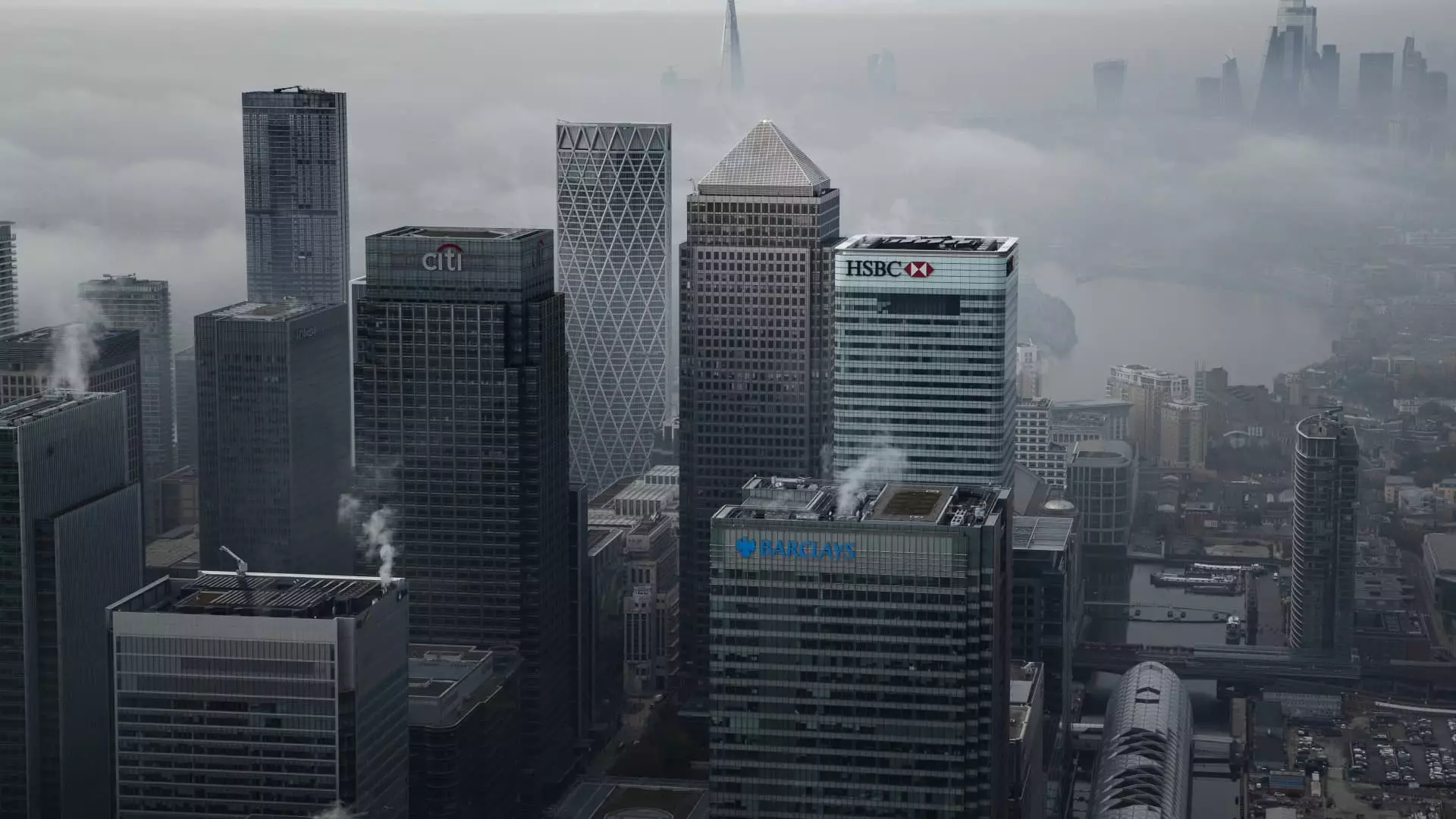Barclays Bank recently reported a fourth-quarter net loss of £111 million, a surprising figure that fell short of analysts’ expectations. Shareholders were anticipating a net profit of £60.95 million for the quarter, highlighting a significant deviation from the forecasted numbers. Furthermore, the bank’s full-year net attributable profit also demonstrated a decline, dropping from £5.023 billion in 2022 to £4.27 billion in the most recent year. This downward trend in profits has prompted Barclays to initiate a major restructuring program aimed at reversing the declining financial performance.
One of the key initiatives in Barclays Bank’s strategic overhaul is the implementation of structural cost-cutting measures. The bank incurred a significant £900 million hit in the fourth quarter as a result of these measures, which are expected to yield gross cost savings of approximately £500 million within the year. Despite the immediate financial impact of these cost-cutting efforts, Barclays anticipates a payback period of less than two years, emphasizing the long-term benefits of the restructuring program.
Barclays Bank’s CEO, C.S. Venkatakrishnan, has outlined a new three-year plan designed to enhance both operational and financial performance. The bank aims to improve its Common Equity Tier One (CET1) capital ratio, a key indicator of financial strength, which dipped to 13.8% in the latest quarter. Additionally, Barclays is striving to achieve a return on tangible equity (RoTE) of greater than 12% by 2026, following a decrease in RoTE to 5.1% in the fourth quarter of the previous year.
In an effort to streamline operations and drive profitability, Barclays Bank has restructured its business divisions. The bank will now operate under five distinct divisions, including Barclays U.K., Barclays U.K. Corporate Bank, Barclays Private Bank and Wealth Management, Barclays Investment Bank, and Barclays U.S. Consumer Bank. This organizational realignment is expected to facilitate greater focus and efficiency within each division, contributing to the bank’s overall cost-saving targets.
Looking ahead, Barclays Bank is committed to returning £10 billion to shareholders between 2024 and 2026 through dividends and share buybacks. The bank’s strategic overhaul aims to achieve total gross cost savings of £2 billion and an RoTE of over 12% by 2026, signaling a strong focus on long-term financial sustainability and growth. With an emphasis on operational efficiency and profitability, Barclays is positioning itself for a more resilient and competitive future in the ever-evolving banking industry.

